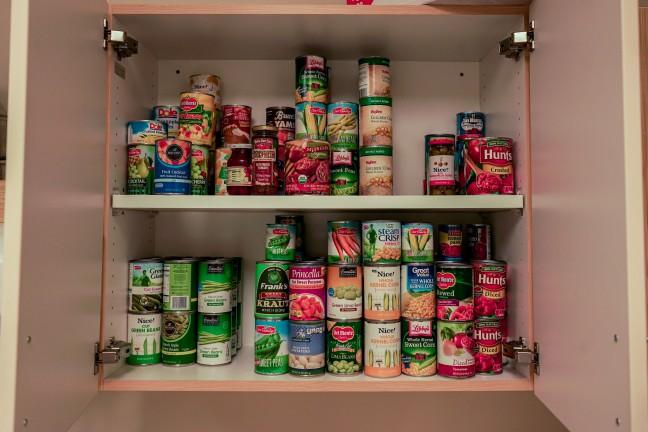In response to increasing evidence of food insecurity among college students, a recent study reported better information could help college students access food assistance benefits.
According to the Government Accountability Office, 57 percent of low-income students nationwide who could have potentially participated in the Supplemental Nutrition Assistance Program did not receive benefits. Of the 3.3 million students potentially eligible for SNAP, 1.8 million students facing food insecurity went without its benefits.
The purpose of SNAP is to safeguard the health and well-being of the nation’s population by providing a monthly cash benefit to raise the nutrition level of low-income households, according to the report. SNAP benefits are administered by the state and can be used to buy groceries at grocery and convenience stores.
The GAO study also found an increasing number of low-income students enrolling in college. Low income is the most common risk factor of having food insecurity.
The study concluded that information about food insecurity among college students is limited.
Nine out of 14 colleges GAO contacted for the study said their college officials and students were unfamiliar with SNAP’s eligibility rules. According to the study, clarifying these rules and enhancing information sharing at the state level could ensure that eligible students get the assistance they need.
SNAP eligibility is based on household income, but federal law enacted in 1980 restricts college students who are enrolled at least half time from receiving SNAP benefits.
“This law generally prevents traditional college students — who may appear to have a low income while attending college but receive financial support from their parents — from receiving SNAP benefits,” the report said.
While there are exemptions, state SNAP agencies have discretion to determine who qualifies.
GAO recommended that the U.S. Department of Agriculture’s Food and Nutrition Service — which oversees SNAP — improve student eligibility information on their website. They also suggested the agency share more information with state agencies on how to better approach students’ needs.


